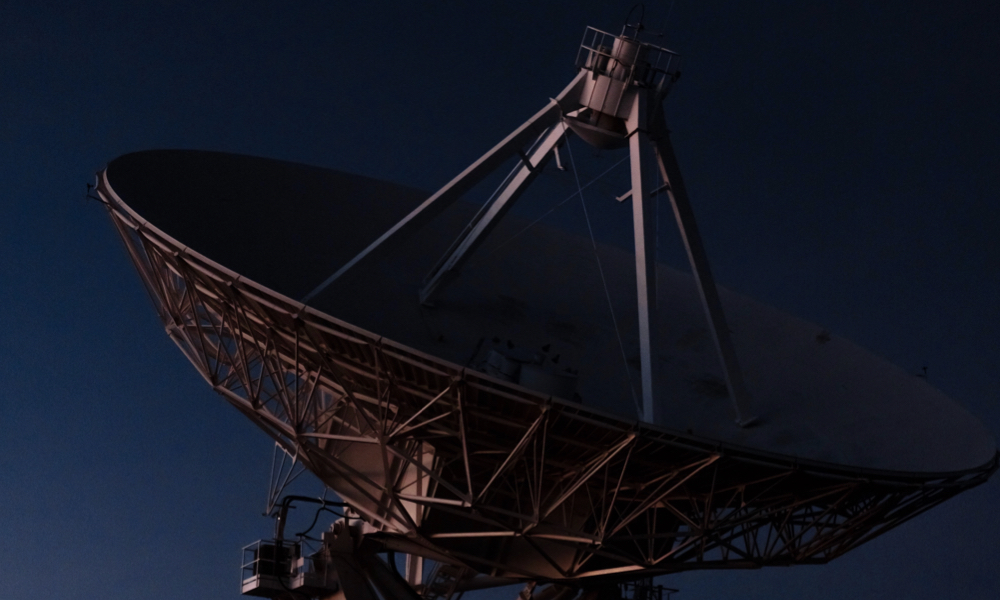
ESA Open Invitation to Tender AO9934
Open Date: 05/07/2019
Closing Date: 02/09/2019 13:00:00
Status: ISSUED
Reference Nr.: 19.118.18
Prog. Ref.: GSTP Element 1 Dev
Budget Ref.: E/0904-611 – GSTP Element 1 Dev
Special Prov.: AT+DE+CH
Tender Type: C
Price Range: > 500 KEURO
Technology Domains: Space Debris / Ground- and Space-based Debris and Meteoroid Measurements / Ground-based Optical Measurements of Debris and Meteoroids
Establishment: ESOC
Directorate: Directorate of Operations
Department: Space Safety Programme Office
Division: Space Debris Office
Contract Officer: Roettger, Sabine
Industrial Policy Measure: N/A – Not apply
Last Update Date: 05/07/2019
Update Reason: Tender issue
The objective of the activity is to arrive at an independent and operational European capability to determine the attitude motion vector of an uncontrolled space object. The vector should be derived from ground-based observations (SLR, radar, passive optical telescopes) within a short time frame (a few passes). The motion vector needs to be predictable with a given accuracy over the followingpasses as well as on longer terms. This capability is necessary to support recovery actions after spacecraft contingencies leading to the loss of contact as well as for future active removal missions A precursor GSTP study on Attitude Motion Measurements and Modelling has achieved a first experimental capability in Europe. While Europe had no access to clarify the attitude of lost spacecraft to optimize recovery attempts and improve re-entry predictions, this study paved the way to an independent capacity in Europe inthis field: For the first time, it was possible to join measurements of SLR, passive telescope and synthetic aperture radar to fit a dynamic attitude model of the given spacecraft. This allowed to identify and predict the attitude motion of a fully defunct spacecraft within a few passes. In contrast to isolated single measurements, the established method allows not only to measure the attitude but also to understand and predict it. The next important step to take is thus to expand and harden the method from an experiment to an operational setup. The method needs to be made robust, and reaction and computation time improved for operational needs. Therefore this study will refine the computer models IOTA that are used to fit full 6-degree of freedom spacecraft dynamics to themeasurements. The computation method needs to be accelerated for operational practicality. Further, data generation by SLR, light curvesources and ISAR radar need to be accelerated and calibrated along with reference targets. Finally, a collaboration and emergency response mechanism shall be established. The iteration of the 6-DoF model match to the measurements shall be automated. Finally, observation campaigns shall verify the latest development steps and exercise the approach for increased operational robustness. Operational readiness shall be demonstrated along with modelling and observation of ESA operational reference targets also in preparation ofemergencies.
If you wish to access the documents related to the Invitation to Tender, you have to log in to the ESA Portal.
